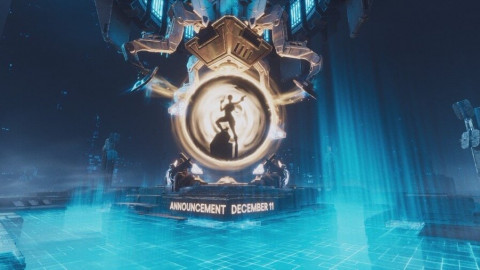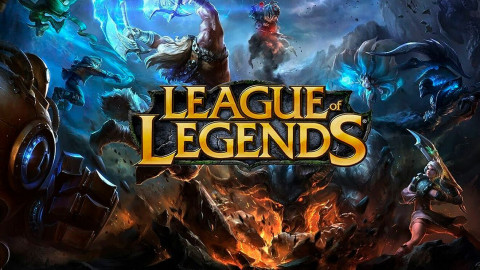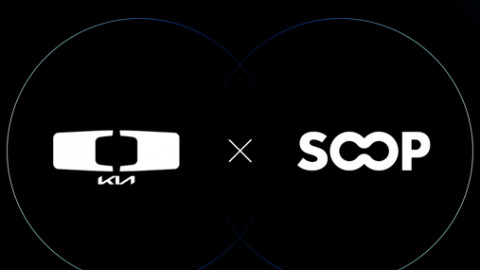
Gaming influencers on Twitch and YouTube have access to millions of potential customers for your brand. Marketing campaigns focused on gaming influencer brand integration can be extremely successful if conducted properly. Unfortunately, in this relatively new field of advertising, not everyone gets it right. Here’s a look at the top ten pitfalls you need to avoid if you want your gaming influencer marketing campaign to be a roaring success.
The Top 10 Reasons Why a Gaming Influencer Marketing Campaign Might Be Unsuccessful
#1 – Poor Resource Application
Influencer marketing has been on the tip of most marketing departments’ tongues since the term was coined in 2015, at the dawn of social media marketing. Today, just 7 years on, the influencer marketing industry is worth around $16.4 billion USD. So why is it, then, that so many companies still woefully underfunded this giant sector of the wider marketing industry?
One of the most common reasons gaming influencer marketing fails is simply because the brand in question has failed to allocate enough resources to the campaign. A successful influencer marketing campaign requires a dedicated team of people to cover a variety of tasks, including:
- Head-hunting the right influencers for your brand and specific campaign
- Establishing a relationship with the influencer(s)
- Managing the creation of branded-yet-organic user-generated content (UGC)
- Compensating the influencer(s) fairly
- Analyzing reach, conversion rates, and establishing KPIs
#2 – Lack of Focused Objectives and Clear-Cut KPIs
In traditional advertising scenarios – let’s say the promotion of a newly-published book – marketers instinctively know how to measure the effectiveness of their campaign. If they promote the book, in this example, as airport reading, they can measure the campaign’s success by counting sales of the book in airport bookshops, and around peak holiday times.
Unfortunately, this same instinct is often lost on marketers who try to branch into gaming influencer marketing for the first time. It is imperative, however, that to be successful in your marketing strategy you first establish a clear set of objectives and key performance indicators (KPIs) before you launch the campaign. This way, you know exactly how to analyze its performance.
Dedicated esports and gaming marketing agencies like Mindfuture make this process simple by working with you from beginning to end, using their already-established performance metrics.
#3 – Low Quality Content Management
The success of any influencer marketing campaign – whether on Instagram, YouTube, Twitch or TikTok – lies in the loyalty of the influencer’s fanbase, and in the quality of the content they create. If your chosen influencer(s) produce poor-quality content, it is simply going to be lost amongst the noise of a million other pieces of content published that same day.
Content creators, especially in the gaming industry, thrive when left to creatively develop their branded segments on their own. Nevertheless, it’s crucial to first assess the quality of an influencer’s posts before you engage them, and second to maintain a clear line of communication with them during your marketing campaign to ensure that their content stays on task.

#4 – Poor Influencer Relationship-Building
I think it’s a natural human impulse to work that extra bit harder for the clients, bosses, and acquaintances whom you not only like, but who look after you and compensate you fairly. The same goes for an influencer-brand relationship. Human relations, however, is not necessarily something many traditional marketing departments are renowned for. After all, you don’t have to build a relationship with a magazine or billboard to host an ad there, you just need money.
Gaming influencer marketing is different. It is fundamental to any successful marketing campaign that you spend quality time building a strong and personable relationship with your chosen influencer(s). Once the influencer(s) gets to know you and your brand, they are more likely to generate the sort of genuinely organic promotional content that truly tracks with their audiences.
If your company lacks the resources to dedicate specific time to influencer relationship-building, then it’s worthwhile investing instead in the services of a gaming ad agency with an established pool of influencer talent.
#5 – Upper Management Lacks Understanding of Influencer Marketing ROI
Fear of change. It’s one of the fundamental human fears, and it’s also one of the primary causes of gaming influencer marketing failure.
Senior management, as well as marketing managers who have been in the game too long, are often unsure, uncertain, and sometimes even afraid of entering new spaces such as the gaming industry. And this fear stops them from understanding the different nuances surrounding return on investment (ROI) when gaming influencer marketing is compared to more traditional forms of marketing.
Gaming influencer marketing can often take longer to show a clear ROI than more traditional forms of marketing, and this is because it takes a while for influencers to establish a genuine relationship with a brand. It’s also because it takes an influencer’s audience a while to trust that the content creator they’re watching genuinely believes in the product or service which is being endorsed.
However, whilst ROI might take longer, it is doubtlessly more dependable and longer-lasting than that of traditional marketing methods since the organic trust built-up between influencer and audience is irreplaceable in the offline world.
#6 – Focus is Placed on Size Over Engagement
It’s easy to think that the bigger the influencer whose services you engage, the bigger your ROI will be, and the higher your conversion rates will be. Bigger, after all, often equals better.
In gaming influencer marketing, however, this is not the case. In fact, it is the exact opposite. So-called ‘micro-influencers’ (those with an average following of 100-1,000 people) have higher conversion and post-engagement rates than bigger influencers because their audiences have a more organic bond with them.
It’s exactly for this reason that marketing agencies like Mindfuture are so beneficial to the brand looking to dip its toes into gaming. Mindfuture offers streamers of all sizes the opportunity to engage with its client brands, meaning that you are granted access to a wide talent pool of micro-influencers with excellent engagement rates.
#7 – You’re Working With the Wrong Influencers
It may seem like the most glaringly obvious reason, but most failed influencer marketing campaigns fail to meet their targets simply because they worked with the wrong influencers. Opting for big influencers with big audiences, as we’ve just discussed, is often a mistake. To be successful in gaming marketing, you must choose influencers by carefully aligning them with the following:
- The target audience you want to reach
- The aesthetic and ethics of your brand
- Your budget
- Your location (unless your products and services are available globally)
#8 – Lack of Patience
As we discussed in #5, return on investment takes time. As such, it’s important to give your marketing campaigns time to naturally develop. If allowed to organically flourish, then flourish they will! A lack of patience is often a death sentence for any influencer marketing campaign, especially one in the gaming industry. Budget for this in terms of both your calendar and your finances.
#9 – A Brand-Influencer Mismatch
It’s crucially important that you carefully match the product and services you’re promoting with a gamer influencer who genuinely relates to, and likes, them.
Too often, gaming influencer marketing fails because the brand has paid an influencer to push a product that either the influencer doesn’t believe in, or which is mismatched with the influencer’s audience.
In contrast, the most successful gaming influencer marketing campaigns are those in which both the influencer and their audience are naturally inclined toward the type, quality, aesthetic and/or design of the brand and its products.
At Mindfuture, content creators choose which brand campaigns to work with, rather than being assigned them. This way, you can be absolutely sure that the influencer(s) you’re working with genuinely want to endorse your brand.
#10 – Insufficient Influencer Compensation
Last but not least, it’s important to remember that without influencers, your influencer marketing campaign does not exist. Your access to a vast audience of potential customers and clients is suddenly gone. Unfortunately, too many brands forget this, and neglect to offer their influencers and brand ambassadors fair compensation for their hard work.
If you want to ensure the success of your marketing campaign, make sure you pay the influencers you’re working with a fair amount – either in free gear, and/or money.
Working with an agency that specializes in connecting content creators to brands, and which already has an established payment system. Guarantees that your brand’s influencers are compensated appropriately.

How to Run a Successful Gaming Influencer Marketing Campaign
Gaming influencer marketing can be a daunting field to master, especially if you’re new to gaming, or to influencer marketing on the whole. One of the most efficient, effective, and cost-friendly ways to ensure the success of your new venture, however, is to rely on the expertise of an established gaming and esports marketing agency like Mindfuture.
Even on a small budget, brands can profit from the connections Mindfuture already has with the wider gaming community. Get in contact today to find out how they can help your brand expand into the online gaming influencer community.
-
 Guest Reporter
Guest Reporter
Sort by:
Comments :0





